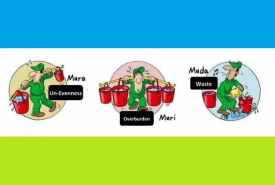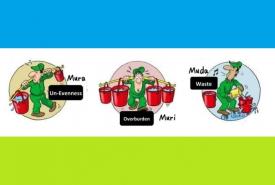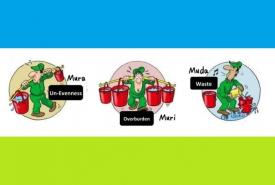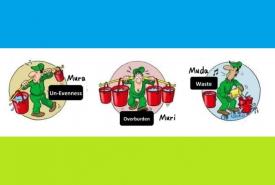Lean Diary #01
This week I trained the first of five mini Kaizen workshop (for a entire shift) on how to implement kaizens in our plant. The goal was to teach people to focus on improvements they can implement themselves.
During my Gemba-walks I coached three operators one-to-one with implementing their first Kaizen in practice and facilitated six more kaizens of other operators.
I also spent one day in production, working with the operators to learn about the problems they encounter in our process industry plant. I even found a task which was not yet included in our Processmap or timestudy.











